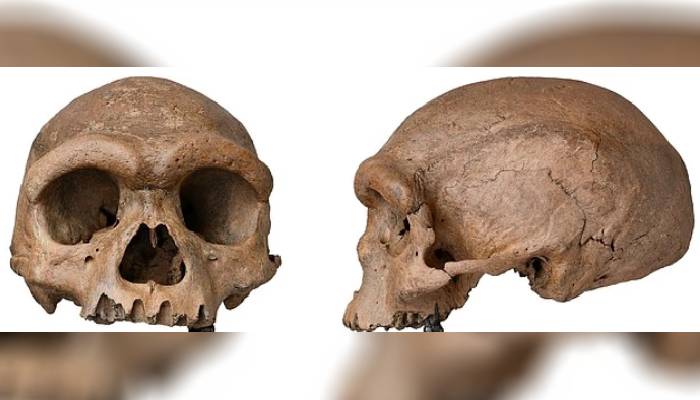
Scientists have finally solved the mystery about the Dragon Man skull which had been puzzling them since it was found in 2018.
By extracting DNA from the plaque on its teeth, researchers confirmed that Dragon Man was a member of an ancient group of humans called Denisovans.
The Denisovans lived around 217,000 years ago and were first discovered in 2010 when a small finger bone was found in a cave in Siberia, as per MailUK.
But because they only had tiny pieces of bone, they couldn't learn much about them.
Now, the Dragon Man skull has been confirmed to be a Denisovans, it gives researchers their first proper look at what these ancient humans might have looked like.

Lead researcher Dr Qiaomei Fu, of the Chinese Academy of Sciences had earlier tried to get DNA from the bones of the Dragon Man skull but it didn't work so instead she took tiny samples from the Plaque.
It is worth mentioning that Plaque on teeth can save tiny mouth cells so even after 146,000 years, it can still have DNA.
Dragon Man's skull stuns scientists with size and features:
The Dragon Man's skull has large eye sockets, thick brow and "exceptionally large and thick cranium."
Scientists believe that the Dragon Man and other Denisovans had brains about 7% larger than modern humans have today.
Also, when scientists recreated the face using the skull, it showed a person with heavy, flat cheeks, wide mouth and a big nose.

Dr Bence Viola, a paleoanthropologist said, "It emphasizes what we assumed from the teeth, that these are very large and robust people."
"Harbin [the Dragon Man skull] is one of, if not the largest human cranium we have anywhere in the fossil record," he added.
Even now, scientists says that they still don't know many things about the Denisovans and there are a lot of questions about them.












